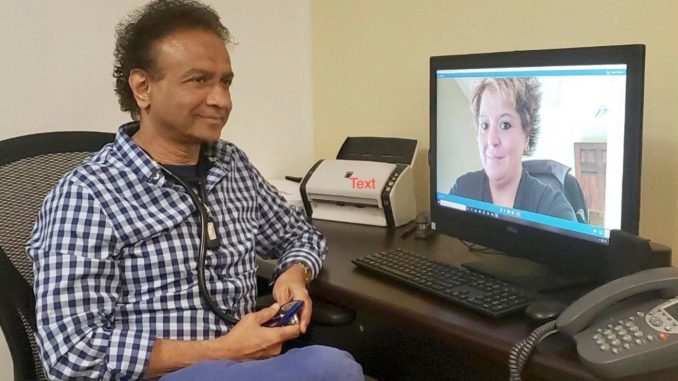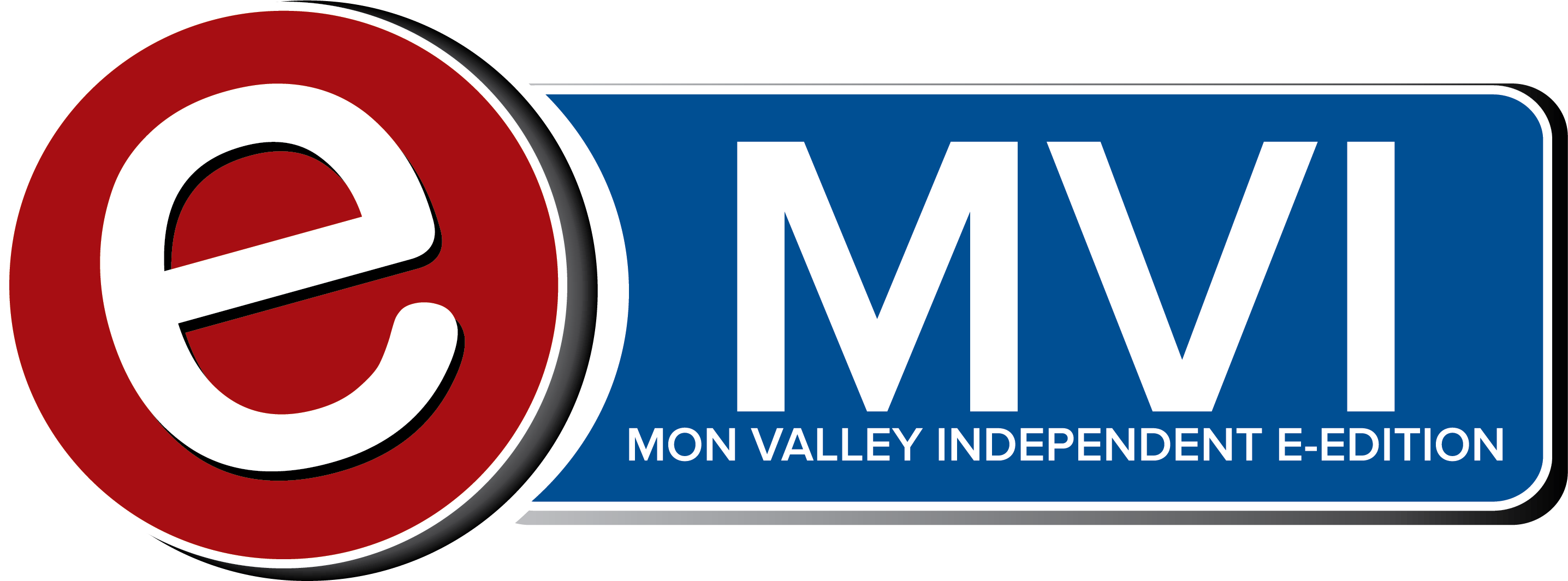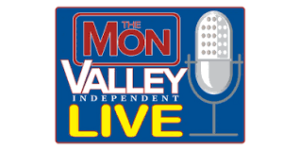
By TAYLOR BROWN
Telemedicine is offering patients continued and convenient care during the COVID-19 pandemic.
Southwest Medical Center, with locations in Charleroi and Bentleyville, has overcome some early hurdles to offer the service to patients throughout the Mon Valley.
CEO Lori Spina said both offices have been using telemedicine for the past two weeks.
Telemedicine allows patients to see their doctors remotely instead of in an office setting, an important tool in keep residents and physicians safe during the spread of the coronavirus.
At first, telemedicine was approached slowly, Spina said.
“We started easing into it, because there are a lot of moving parts,” she said. “We found that it is working well, but there is a difference because patients are not able to directly engage with their doctors face to face. It can seem to lack a personal touch.”
It was also difficult, she said, to get insurance companies on board to cover such visits.
“Slowly but surely insurance companies are getting on board and allowing offices to bill for telemedicine visits, so we are able to offer them to our patients,” she said.
To get visits up and running, offices had to use software that was in compliance with HIPPA laws. Facetime or Zoom video would not suffice.
“So there was a lot of things that needed to be figured out with this,” Spina said. “It was not something we have ever had to deal with before because it used to not be permitted in non-rural areas. The Mon Valley is classified as non-rural.”
Now she said, insurance companies, providers and doctors’ offices are catching up with one another.
At Southwest Medical Center the program used, eClinicalWorks, is part of the Physician Health Organization, which connects doctors in the group to various resources.
It is the preferred software used by Mon Valley Hospital and is HIPPA compliant.
Southwest Medical Center patients are able to obtain health information through a patient portal where they can securely access labs, diagnostics, statements and messages. Patients can also request refills and complete health assessments without making a phone call.
“We have been using patient portal for a few years and it has been very helpful,” Spina said. “So, it was nice for us being that we used eClinicalWorks and they are continuously advancing the telehealth module, so it is constantly updating and improving.”
Spina said the office began using text message reminders on Friday that seem to be working well to schedule and remind patients of appointments.
“Right now we are seeing up to 40 patients a day,” Spina said. “Out first day closed to face-to-face appointment we had 188 patients call with problem visits, thinking they may have the virus or other health issues.
“The same day we began using the telemedicine we had more than 300 patients use the software to call in for refills.”
Because of the new software and health concerns and precautions, the officers are operating with seven staff members compared to 37.
“Two are in the building and the other five are remotely answering phones and triaging.”
The televisits offer convenience to patients, Spina said.
“People will want to take advantage of this for convenience,” she said. “So for our patients, this has been great. On our end, there have been some kinks and logistics to work out, not being able to check vital signs or see people for X-rays or ultrasounds.
“But we’re figuring it out and it is getting more manageable and successful every day.”
Cathy Gehron, 56, of Ellsworth has been a patient of Dr. Kamlesh Gosai for as long as she can remember and sees him every four weeks.
When the office closed to patients and the virus began to spread, she was worried about how she would receive medical care. After her recent televisit, she is now less worried.
“This is the first time I have ever had to do anything like this,” Gehron said. “And it is absolutely unbelievable.
“I was very pleasantly surprised. It’s like I am at the doctor’s office but in my living room.”
She said the software used for the telemedicine, like the patient portal, is simple to navigate.
“I was worried it might be 25 steps or something, but it was so easy, two steps, that’s it,” she said. “It was like I was there. Other than being able to physically examine me and check my vital signs, it was like a routine visits.
“We discussed my medications and honestly, I was more comfortable talking to him that way because there was no one else in the room. I was able to be very upfront and honest, whereas sometimes nurses or other aides can make me a little uncomfortable.”
Centerville Clinics are have been using telehealth visits for the past two weeks at 13 locations.
Dr. Kyle Duff implemented and trained staff to use the program for the telehealth option.
The clinic is currently focused on patients who need routine follow-up or have certain urgent medical issues.
“This will keep healthy patients from spreading coronavirus, and at-risk patients out of harm’s way by reducing their contact with other patients and infectious surfaces,” Duff said. “The goal is to practice social distancing while meeting our patients’ needs, and our health care professionals are doing an excellent job of adapting.”
Patients who choose the option of using telehealth to see their provider and select the video-chat option receive step-by-step instructions on how to log into the secure service known as Doxy.me.
A telephone call option is available for patients who do not have access to a computer and/or internet service or who are not comfortable with video-chat.
Other patients who require an office visit are counseled on how to navigate the office safely with the use of single-use masks and waiting room chairs spaced 6 feet apart.
At Mon-Vale Primary Care Practices through the Mon Valley, Dr. Joanna R. Swauger said visits are a lot like Facetime using software called Healow, which is accessible from most smart phones, tablets or computers.
“Patients log in to our electronic medical record system for a virtual visit where we can see each other on screen while discussing their concerns,” Swauger said. “For the most part, Healow is user friendly and easy to maneuver. But, if patients have difficulty logging in the staff and I are able to walk them through the steps by phone.
“If patients do not feel comfortable with the process or technical difficulties arise, we have assisted patients over the phone.”
For problems that cannot be handled virtually, patients are brought into the office.
“For the protection of our staff and other patients, we have been carefully screening these patients in order to limit any possible exposure to COVID-19 or other similar viral illnesses.”
For Swauger, virtual medicine has brought “fact to truth.”
“In medical school, I was taught that history is 90% of the diagnosis,” she said. “Practicing virtual medicine has brought this fact to truth as virtual visits limit our ability to examine the patient.
“However, it is amazing as a provider to see how much information can still be obtained through a video assessment. It helps to see how the patient is breaking, the color of their face and lips and their overall well being.”
While there have been some bugs to work out, Swauger said it is a success.
“We have had a few hiccups in the transition, mostly from the technology side of engaging patients to use the system and helping them to navigate through the log-in process,” she said, “but despite popular belief a lot of our elderly patients are tech savvy and feel comfortable making use of the televisits.
“I think that most of our patients are just happy to see our faces, hear our voices and be reassured that we are still available to them during these difficult times.”


